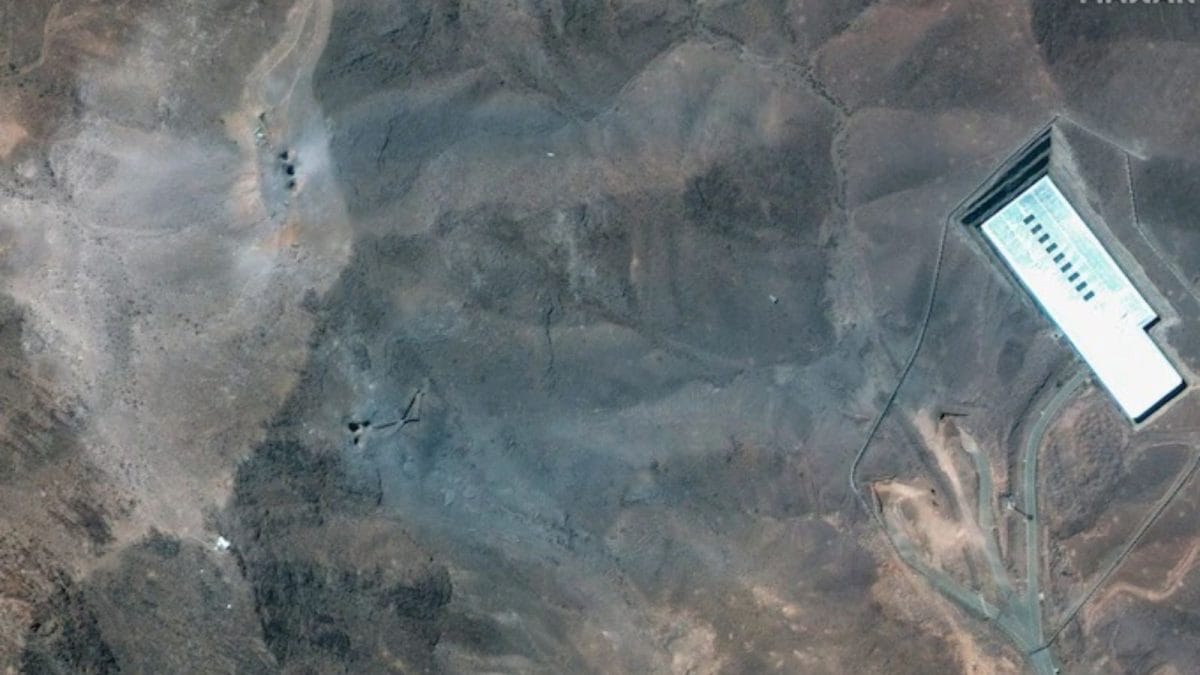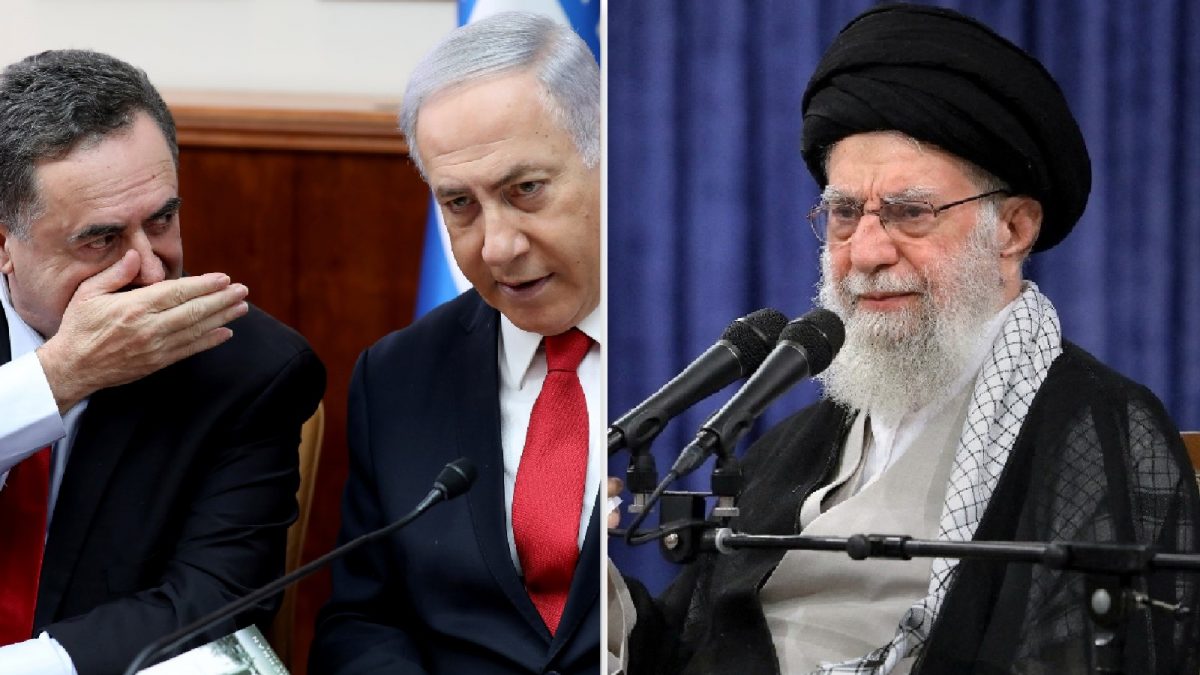Israel and Iran fought a 12-day war which came to a halt after US President Donald Trump brokered a ceasefire on June 23.

Satellite image shows damage at Fordo enrichment facility after strikes in Iran (Source: AP)
Both Iran and Israel have claimed victory following their 12-day war. While Israel’s offensive appears to have failed to achieve its primary objective – destroying Iran’s nuclear programme, Iranian defences virtually collapsed under intense bombing and missile attacks.
In this piece, India Today tries to paint a broader picture of how the war panned out for both sides, including loss of military assets and human life, and extent of aerial strikes. These assessments are based on India Today’s OSINT research, verified open-source footage, official announcements, and reporting by state-run media and on-ground correspondents of different media outlets.
The assessment shows Iran suffered massive losses in every metric – number of civilian and military casualties, and the number and extent of missiles and bomb impacts. In Iran, more than 620 people, including 12 scientists and 20 senior commanders, were killed while more than 4870 people suffered injuries. Israel lost the lives of 28 civilians and 3,200 were injured. No Israeli soldier was killed.
Apart from Iranian nuclear facilities at Natanz, Eshfahan, and Fordow, Israeli forces dropped bombs and missiles on more than 300 places across western, southern and central Iran between June 13 and June 24. More than 180 air strikes were confirmed in the capital Tehran alone.
On the other hand, Israel’s impeccable air defence systems intercepted more than 540 missiles fired by Iran on its territory. However, around 60 missiles of interceptors fired by Israel made an impact on the ground, according to an assessment by US-based Institute of the Study of War (ISW). The majority of Iranian missiles or Israeli interceptors fell in heavily built areas, including residential areas in the capital Tel Aviv.
SUPPRESSION OF IRAN'S AIR DEFENCES
The Israeli Defence Forces (IDF) sought to limit Iran’s ability to respond to Israel at the start of its offensive on June 13 and continued to destroy Iranian missile launchers and stockpiles throughout their air campaign.
According to a compilation of verified strikes, Israel destroyed 54 Iranian ballistic missile systems and damaged another six. Israeli forces also destroyed at least six surface-to-missile systems that could target Israeli warplanes. Israeli forces destroyed at least 12 Iranian helicopters AH-1J Cobra helicopters, three fighter jets and a tanker aircraft.
Reports claim Iran originally planned to launch up to 100 ballistic missiles at Israel immediately after the IDF’s strikes on June 13. Throughout the war, Iran could never launch more than 40 missiles in a single barranges, says the ISW.
Reports in Israeli media claimed that its spies built a secret one-way attack drone base in Iran and used them against Iranian ballistic missile launchers near Tehran before the IDF’s offensive began. Israel has also targeted Iranian missile production sites and equipment.
IMPACT IN ISRAEL
Iranian missiles were able to penetrate Israel’s multi-layer defence systems and hit several high-value targets and residential areas. These include the Israeli army headquarters, known as the Kiryat, and spy agency Mossad’s headquarters in Tel Aviv; and oil refinery in Haifa.
Iranian strikes in Israel were focused on Tel Aviv and other parts of central Israel. Though some missiles also fell in Israeli towns bordering Lebanon. A major hospital in the Negev desert of southern Israel also suffered heavy damages.
- Ends
Published On:
Jun 26, 2025
Tune In

 5 hours ago
5 hours ago




















